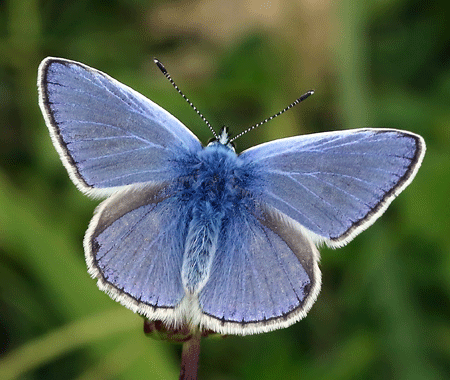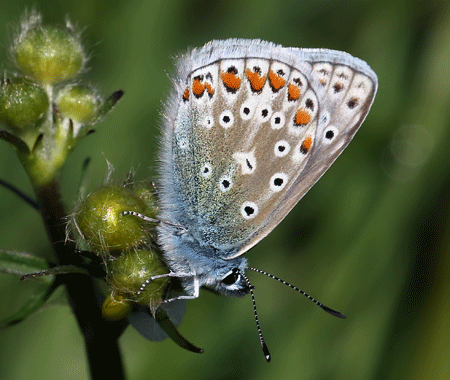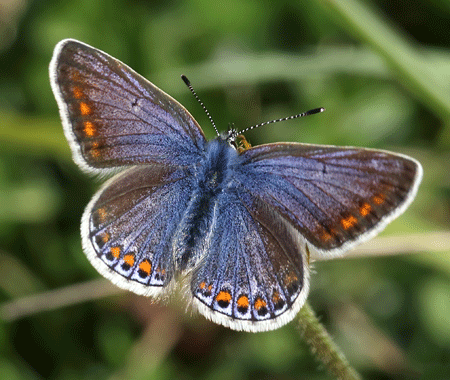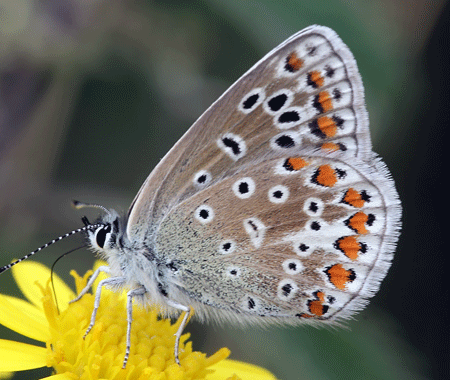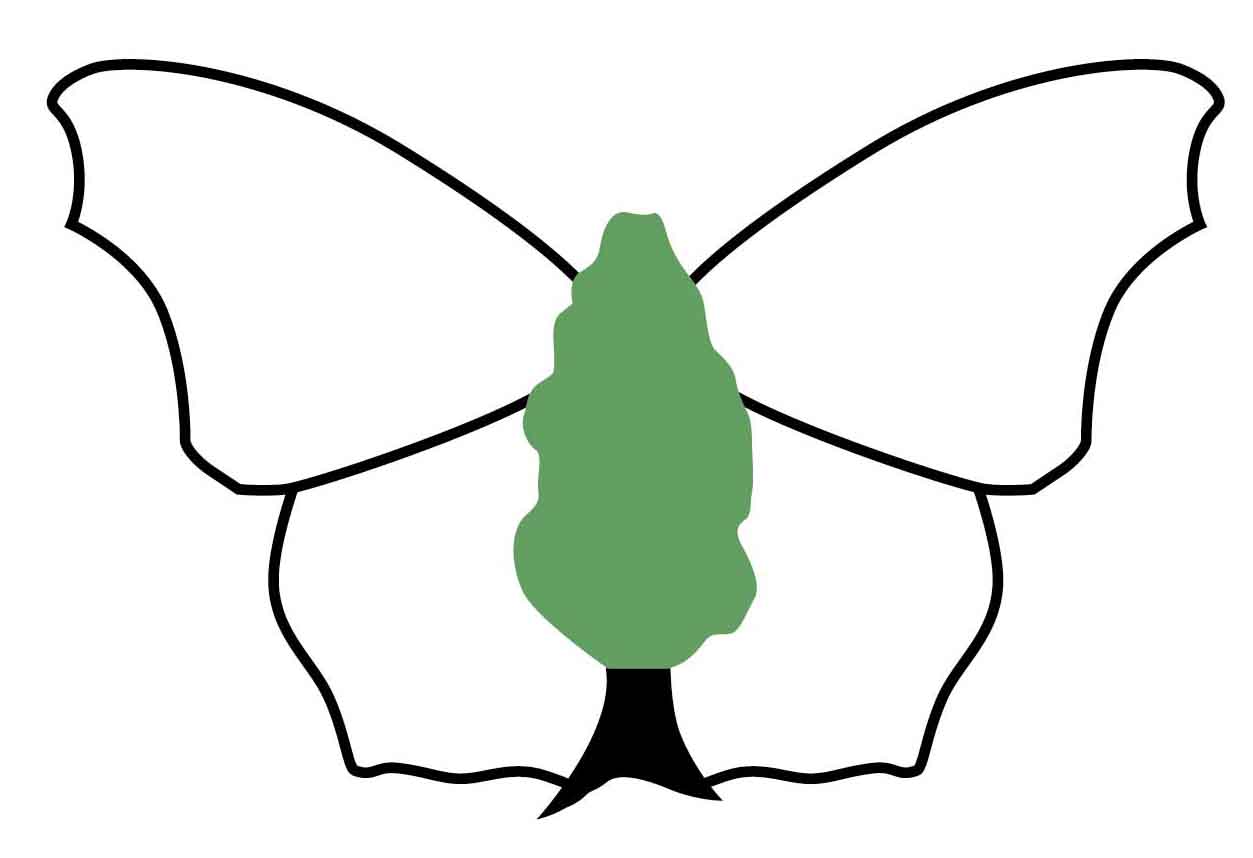 | Butterfly Conservation Saving butterflies, moths and our environment | Upper Thames Branch | 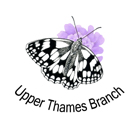 |
Common Blue (Polyommatus icarus) | ||||||||||||||||
| Description | ||||||||||||||||
| Wing span: 29-36 mm. This butterfly is the commonest blue found in the British Isles. The male has violet-blue uppersides, whereas the female is usually primarily brown in colour, with a variable amount of blue on the forewings. Females usually have orange dots on the wing edges, which are absent in the male. It can be found throughout the British Isles. It is found in a wide variety of habitats, including unimproved grassland such as roadside verges and waste ground, downland, woodland clearings, heathland and even sand dunes. | ||||||||||||||||
| Images (click to enlarge) | ||||||||||||||||
| ||||||||||||||||
| Life Cycle | ||||||||||||||||
| This species has two broods in the south of England, and there may be a third in favourable years. Time of emergence is highly variable. In good years, adults may be seen as early as the middle of May. These peak at the end of May, giving rise to a second generation that emerges in the second half of July, peaking in the middle of August. The larva is the over-wintering stage. | ||||||||||||||||
| Larval Foodplants | ||||||||||||||||
| The main larval food plant is Common Bird's-foot Trefoil (Lotus corniculatus). Black Medick (Medicago lupulina), Common Restharrow (Ononis repens), Greater Bird's-foot Trefoil (Lotus pedunculatus) and Lesser Trefoil (Trifolium dubium) are also used. | ||||||||||||||||
| Nectar Sources | ||||||||||||||||
| Adults feed primarily on Bird's-foot Trefoil, Bugle, Fleabane, Kidney Vetch, knapweeds, Marjoram, Ragwort, thistles, Thyme, vetches and White Clover. | ||||||||||||||||
| UK Conservation Status | ||||||||||||||||
| Least Concern | ||||||||||||||||
| Earliest UTB first sighting (since 2004) : 13th April | ||||||||||||||||
| Mean UTB first sighting (since 2004) : 6th May | ||||||||||||||||
| Distribution and Sites | ||||||||||||||||
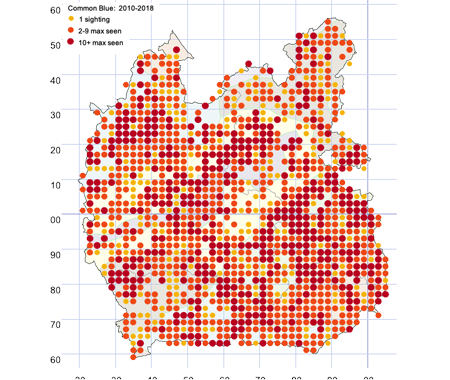 Key |
| |||||||||||||||
| Related Species | ||||||||||||||||
| ||||||||||||||||
Copyright © Butterfly Conservation Upper Thames Branch 2025
Privacy and Copyright Statement
Butterfly Conservation : Company limited by guarantee, registered in England (2206468)
Registered Office: Manor Yard, East Lulworth, Wareham, Dorset, BH20 5QP, Tel: 01929 400 209
Charity registered in England & Wales (254937) and in Scotland (SCO39268)
Privacy and Copyright Statement
Butterfly Conservation : Company limited by guarantee, registered in England (2206468)
Registered Office: Manor Yard, East Lulworth, Wareham, Dorset, BH20 5QP, Tel: 01929 400 209
Charity registered in England & Wales (254937) and in Scotland (SCO39268)

